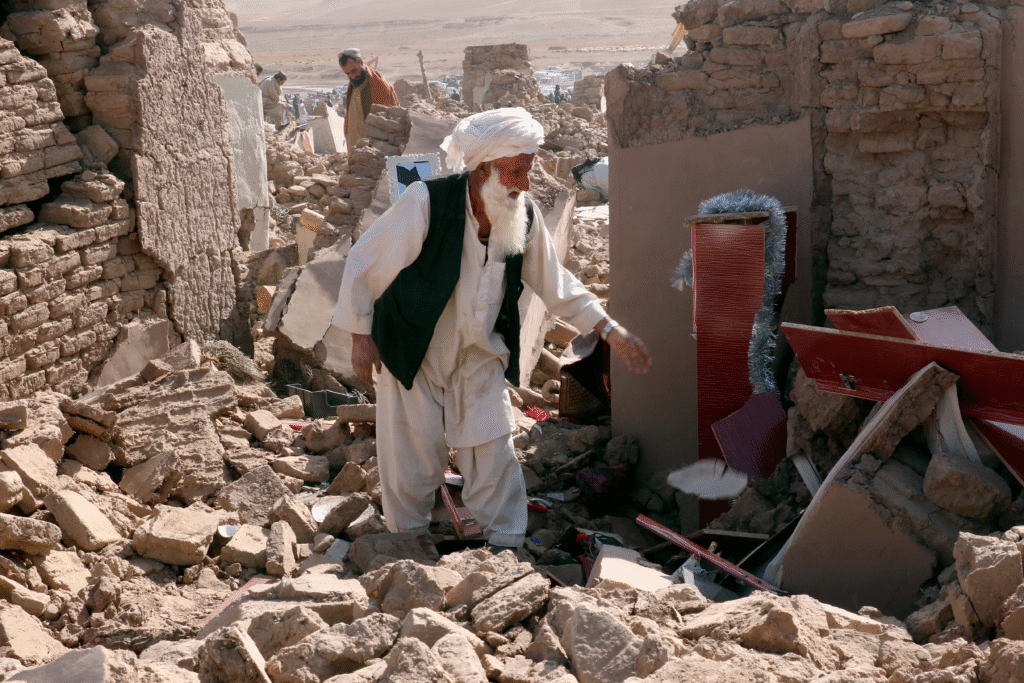A third powerful earthquake struck eastern Afghanistan on September 4, 2025, aggravating an already dire humanitarian crisis in a region devastated by two deadly tremors earlier in the week that claimed over 2,200 lives. The latest 5.4 magnitude quake hit just hours after another aftershock, leaving communities shaken and rescuers struggling to reach remote, mountainous areas where thousands remain trapped under rubble.
The initial catastrophic earthquake of magnitude 6.0 struck on the night of September 1, causing widespread destruction across Nangarhar and Kunar provinces near the Pakistan border. More than 6,700 homes were destroyed, and emergency crews have recovered hundreds of bodies. Thousands are injured, and the death toll is expected to rise as rescue teams battle difficult terrain and persistent aftershocks that have triggered landslides, blocking vital access roads.

Medical and relief agencies warn that the humanitarian situation is critical. The World Health Organization (WHO) called for urgent funding support of at least $4 million to provide healthcare, food, and temporary shelter. Conditions are complicated by overcrowded shelters, contaminated water, and limited waste management facilities that heighten risks of disease outbreaks, especially as many newly deported Afghans strain the fragile healthcare infrastructure.
Taliban authorities have established emergency tents and deployed search-and-rescue teams but face severe logistical challenges. Helicopters cannot land in many isolated villages, forcing responders to travel on foot for hours. The UN and multiple international partners have pledged aid, but supply routes remain hindered, and local communities call for increased air support to recover survivors and the deceased.
This string of powerful earthquakes underscores Afghanistan’s vulnerability due to its location along active fault lines and longstanding fragility from decades of conflict, poverty, and dwindling international aid since the Taliban regained power in 2021. The ongoing disaster poses enormous challenges against a backdrop of overlapping crises including food shortages, refugee returns, and political instability.
As the region braces for more tremors, authorities and humanitarian agencies are racing against time to save lives and provide relief to a population facing one of the most severe natural calamities in recent memory.







